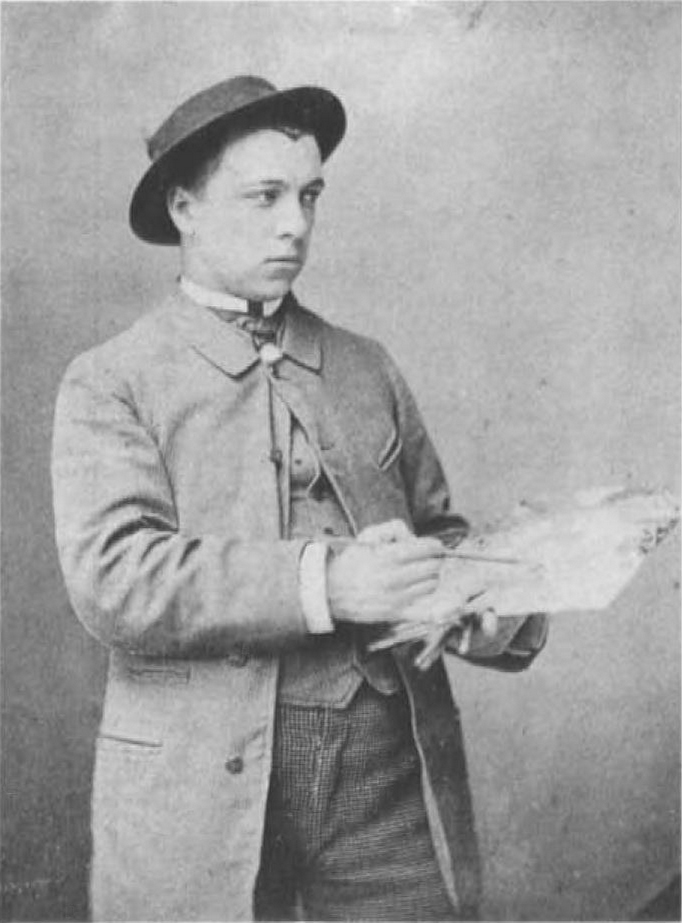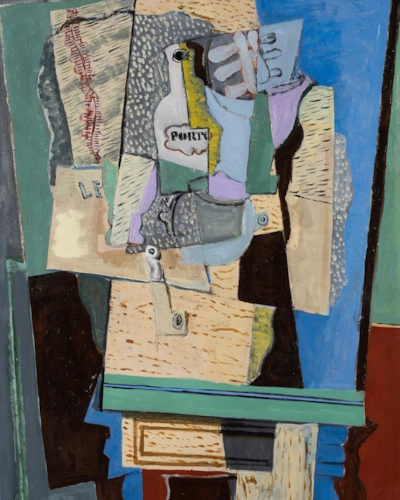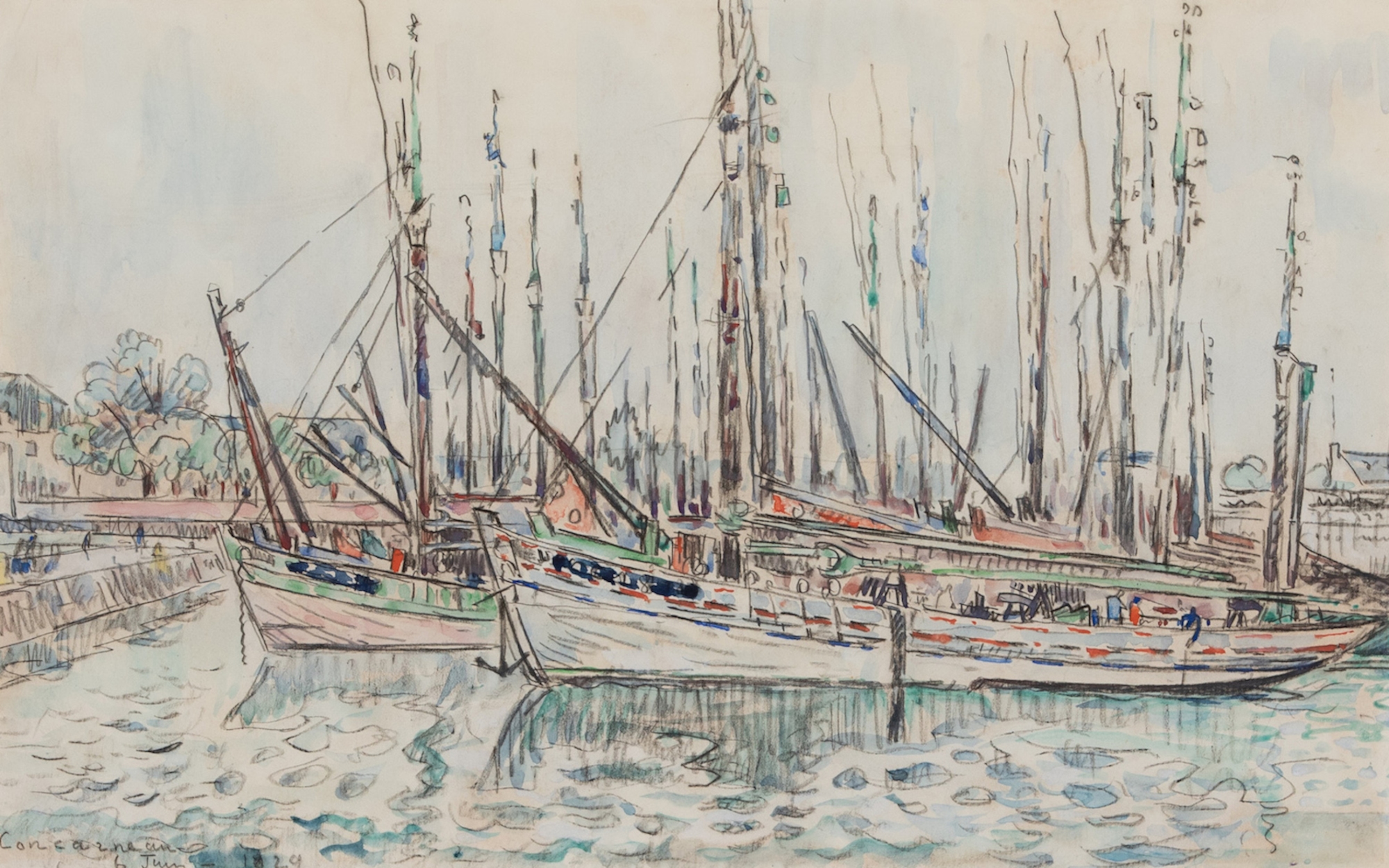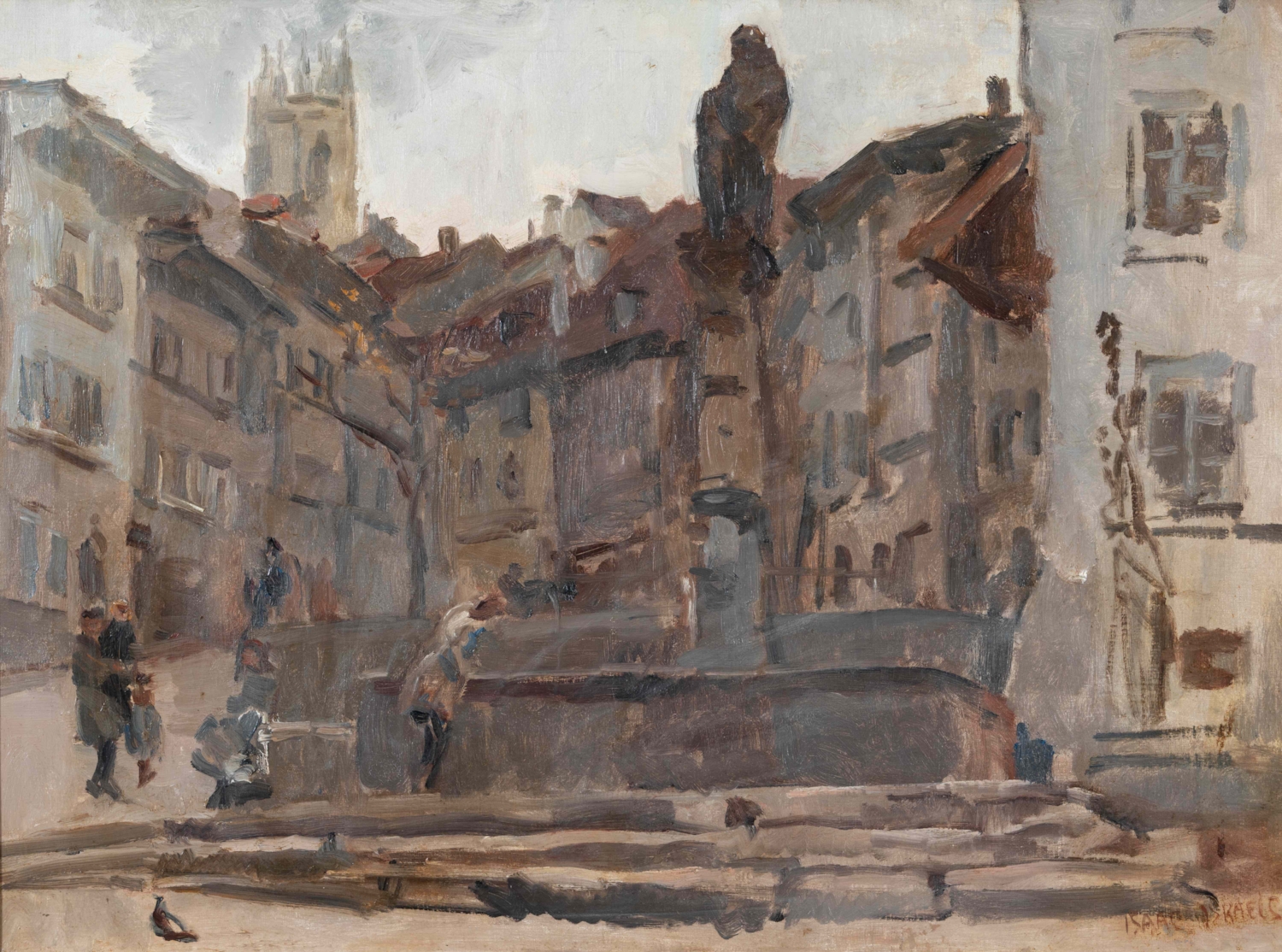Paul Signac
1863 - 1935
Concarneau
27.8 x 43 cm (11 x 16 ⁷/₈ inches)
Titled and dated lower left, Concarneau 6 Juin 1929

This original work of art by Paul Signac is available for immediate purchase.
Paul Signac
biography
Already a friend of Post-Impressionist Henri Rivière, Signac soon met Armand Guillaumin, who provided important encouragement. In 1884 he was a founder-member of the Salon des Indépendants, where he met Georges Seurat who that year was exhibiting Bathers at Asnières. In this painting Seurat had already begun to apply principles of Divisionism, while Signac was still practising an orthodox form of Impressionism.
Seurat’s theory of colour division seduced Signac by its rigour, which was in opposition to the instinctive approach of the Impressionists. The two men exchanged techniques. Signac persuaded Seurat to remove earth pigments from his palette, and by 1885 Seurat had encouraged Signac to adopt a Divisionist handling of paint. By 1886 they were both using the Pointillist brushstroke.
Signac had an impact on Camille Pissarro, who adopted the Neo-Impressionist technique from 1886. Van Gogh also was influenced by Signac’s version of the Divisionist technique.
Signac elaborated an aesthetic in which the beauty of pure colour was an end in itself: "[colour] division is more a philosophy than a system", he wrote. His brushstroke, which until 1890 was no more than a little dot designed to produce ‘optical mixture’ at a distance, grew larger and then became a square or a rectangle whose size was adapted to suit that of the picture, which was conceived as a form of mosaic. In 1891 he began introducing indications of musical tempos to the titles of his works, thereby underlining his investigations into abstract visual rhythms.
From the mid-1880s Signac exhibited regularly. Apart from the Salon des Indépendants, in which he participated every year, he showed at the last Impressionist Exhibition (1886) at the invitation of Camille Pissarro, from 1888 at Les XX in Brussels, and later at Libre Esthétique. However, it was only in 1902 that he had his first one-man exhibition, in Siegfried Bing’s gallery in Paris.
If Seurat was the founder of Divisionism, Signac deserves credit for making its principles known. A friend of the chemist and colour theorist Charles Henry, he designed the illustrations for Henry’s Cercle chromatique et rapporteur esthétique (1888) concerning the emotional effect of colour and linear direction. Signac proved his ability as a theorist in his important work, D’Eugène Delacroix au néo-impressionnisme (1899), in which he defended the Neo-Impressionist aesthetic and sought to place Neo-Impressionism in a historical context. Widely read by artists in France, Germany (where it was translated in 1903) and Italy where the Futurists took up the Divisionist technique, the book was one of the key sources of the renewed interest in Divisionism between 1900 and 1910. The Fauves, especially Matisse, who in 1904 was working with Signac at St Tropez, found in it the sanction for a freedom of colour that they would accentuate even more.
With this book and his work, Signac left a legacy that is represented by museums around the world.
Paul Signac
biography

you may also like
1863 - 1935
Bourg-Saint-Andéol. Le Pont
28.2 x 46.5 cm (11 ¹/₈ x 18 ¹/₄ inches)
1865 - 1934
Fontaine St. Anne, Fribourg
60 x 80 cm (23.62 x 31.50 inches)
1904 - 1967
Still Life with Candlestick and Book
35.56 x 42 cm (14 x 16 ¹/₂ inches)
1904 - 1989
Flesh Wheel Barrow
14.8 x 9 cm (5 ⁷/₈ x 3 ¹/₂ inches)
1852 - 1931
Homme au fauteuil
24.1 x 17.2 cm (9 ¹/₂ x 6 ³/₄ inches)




















